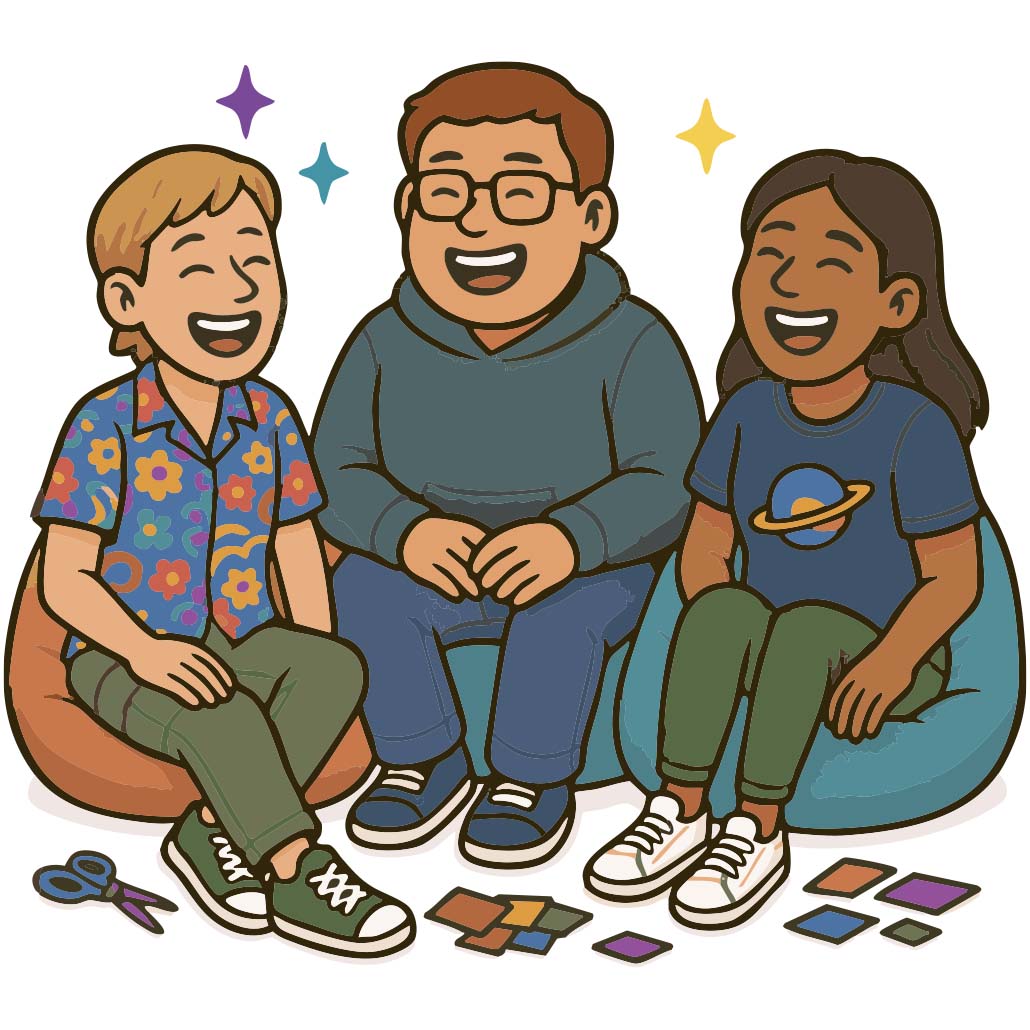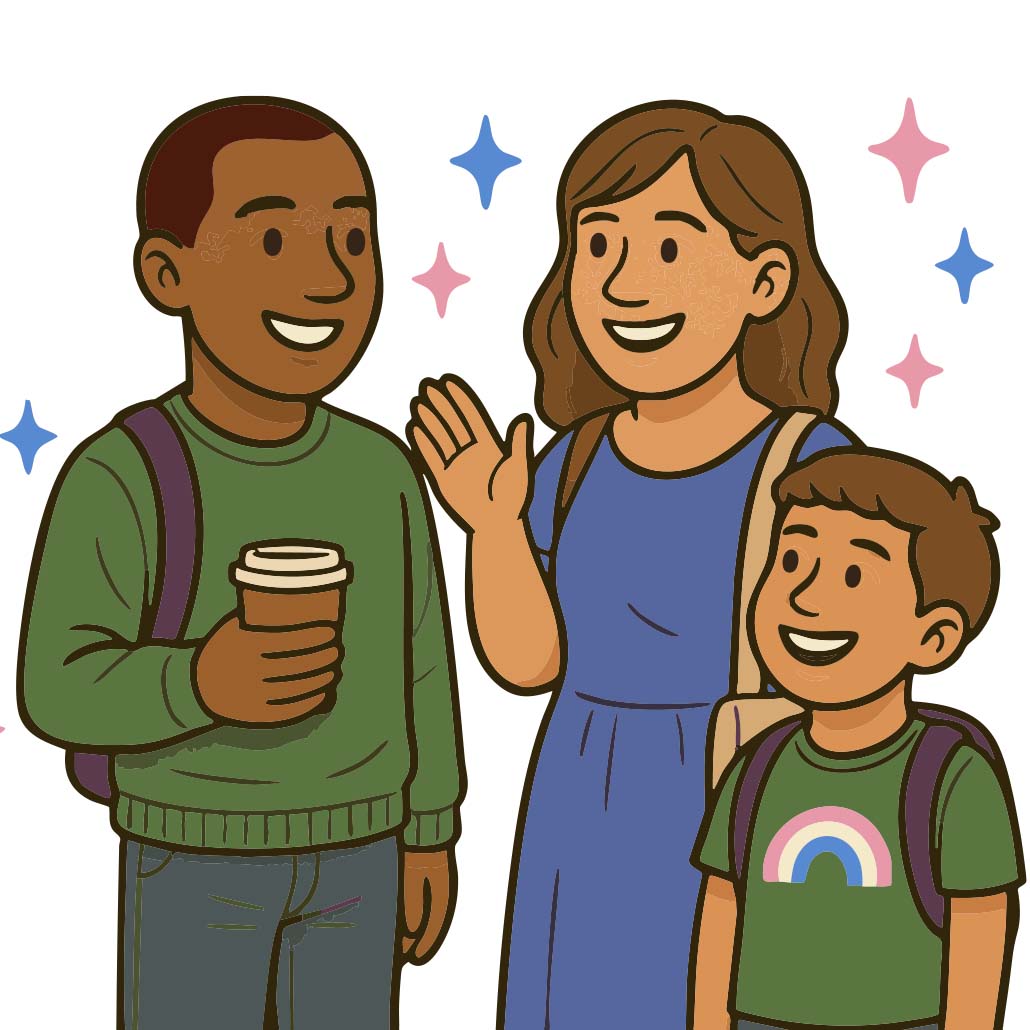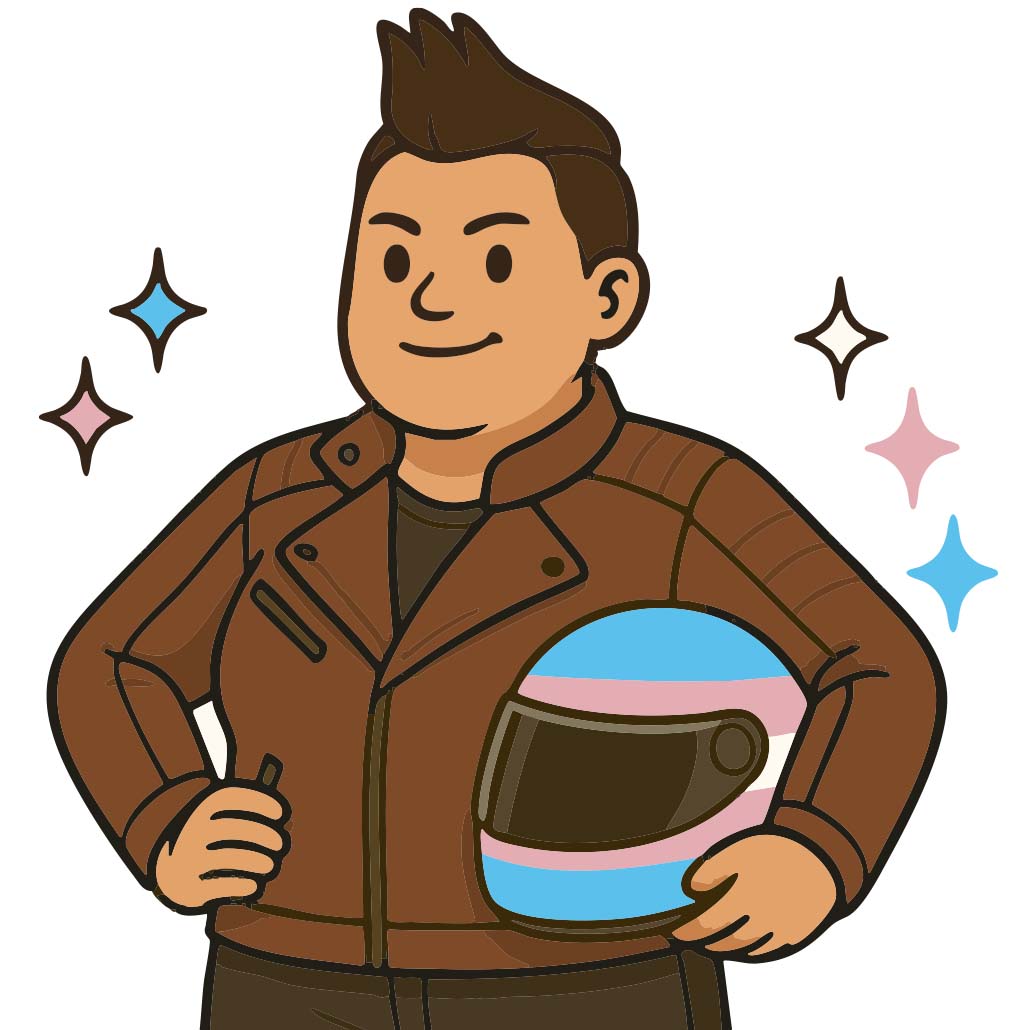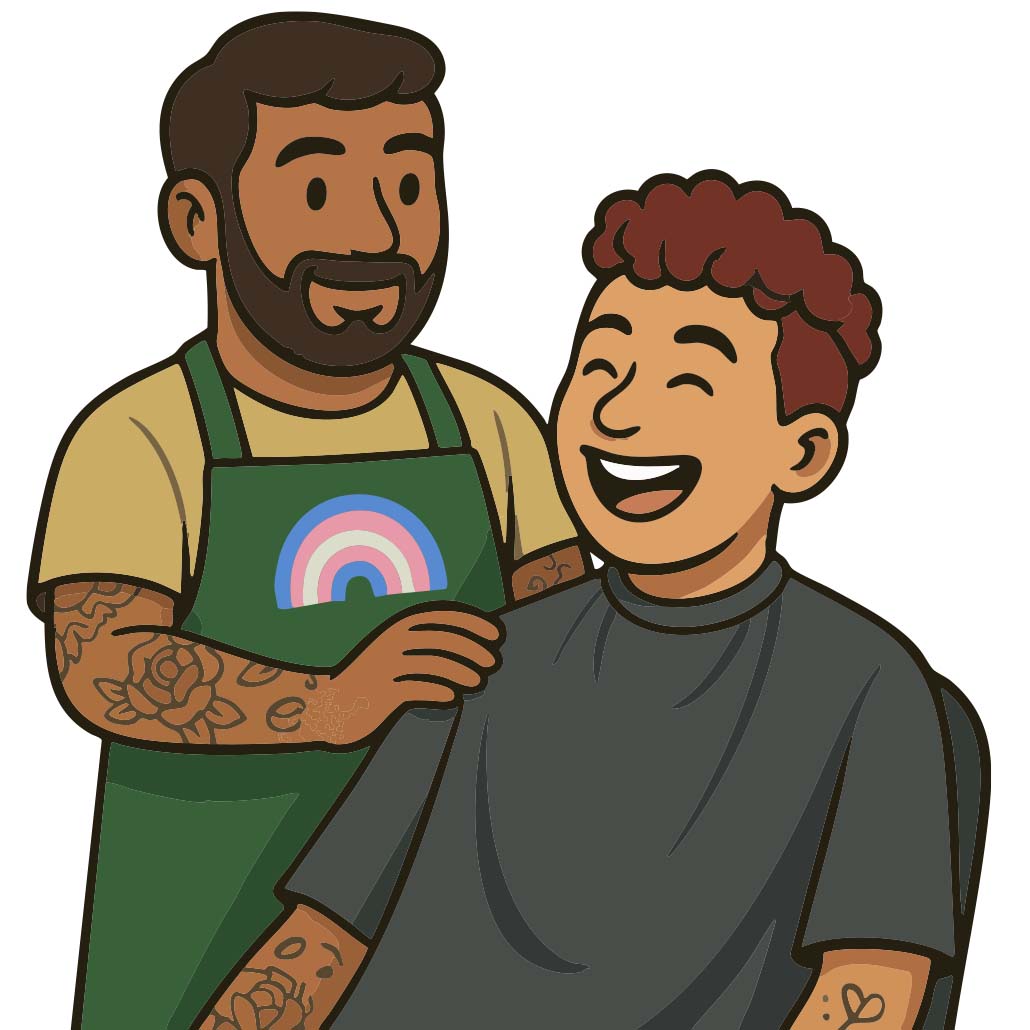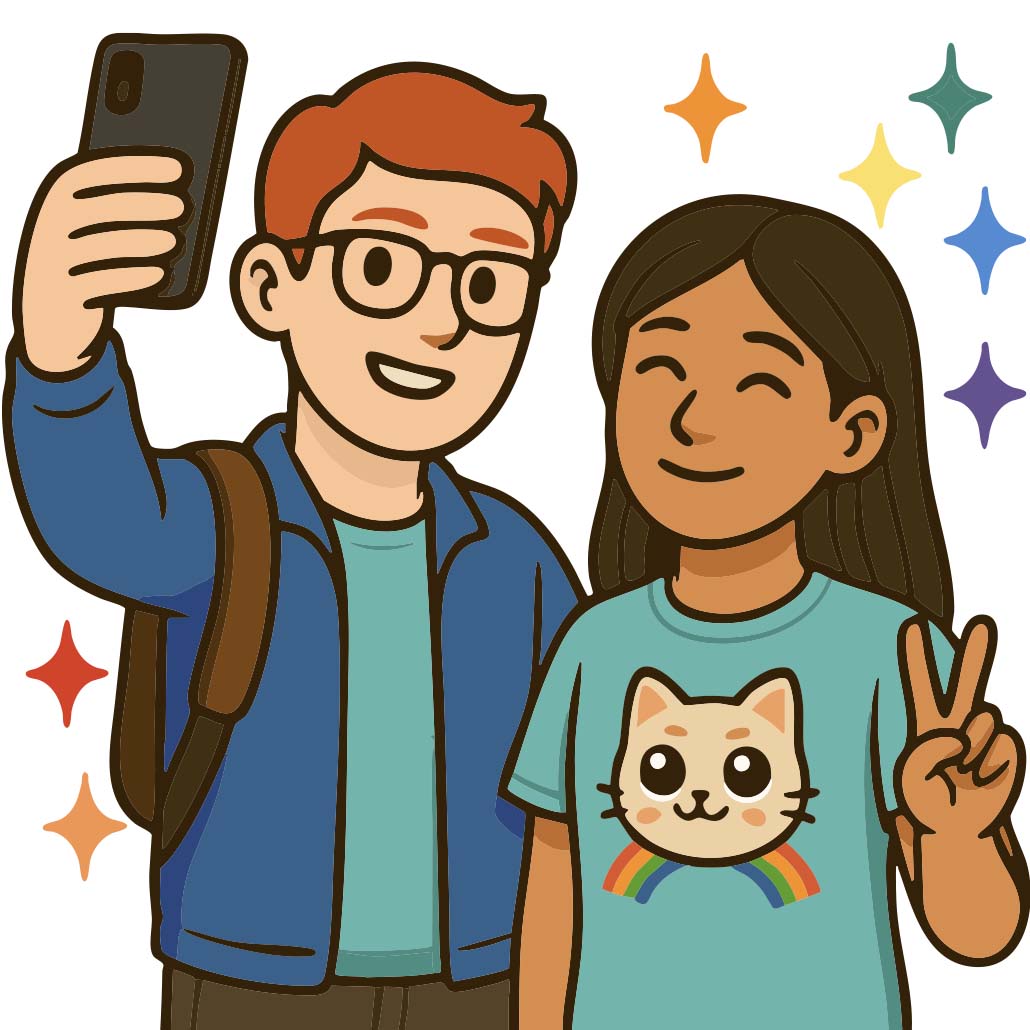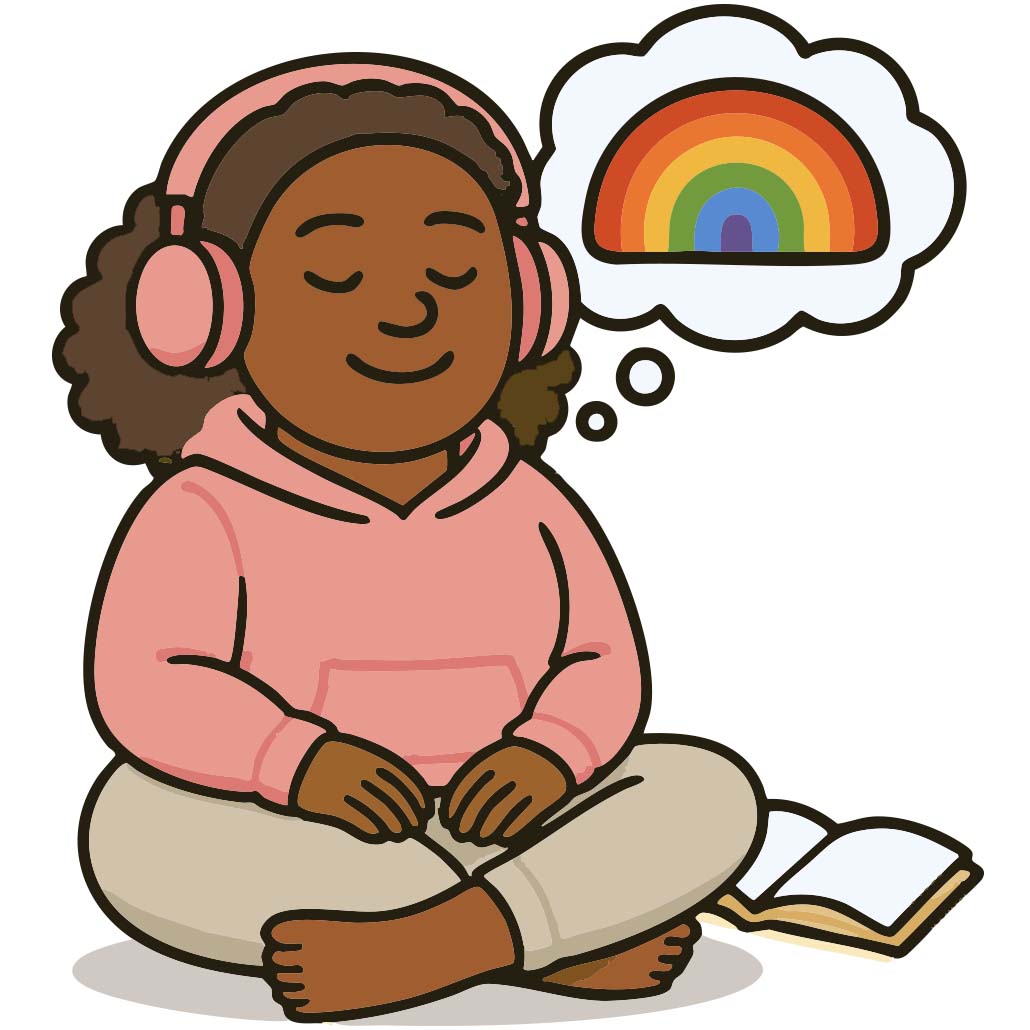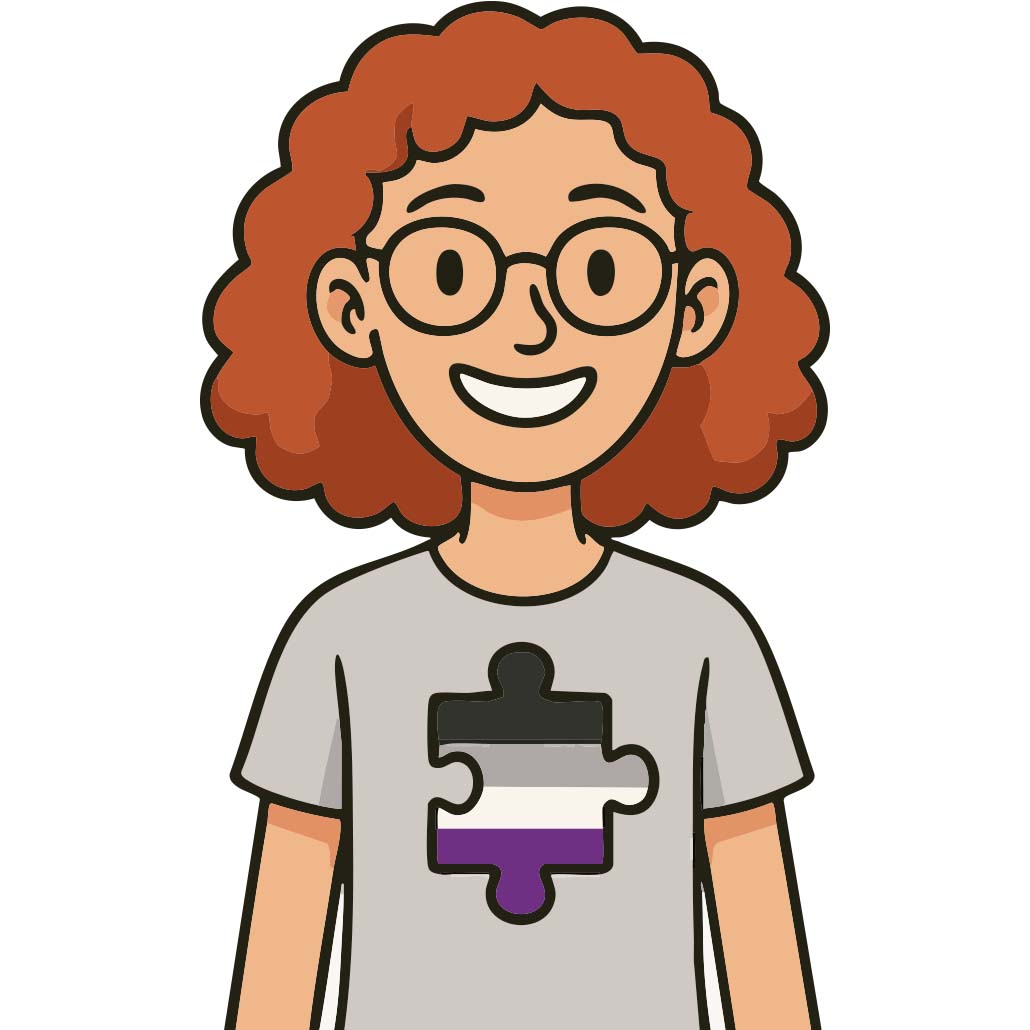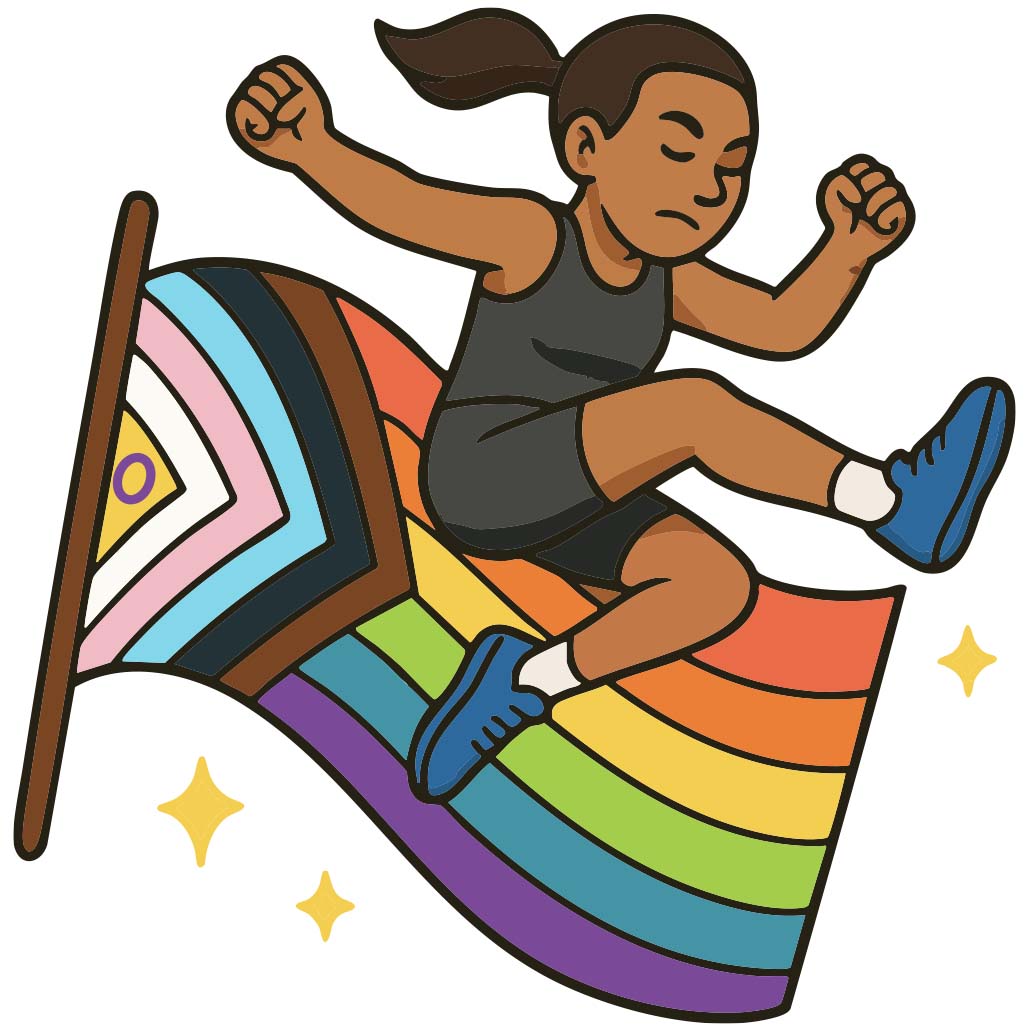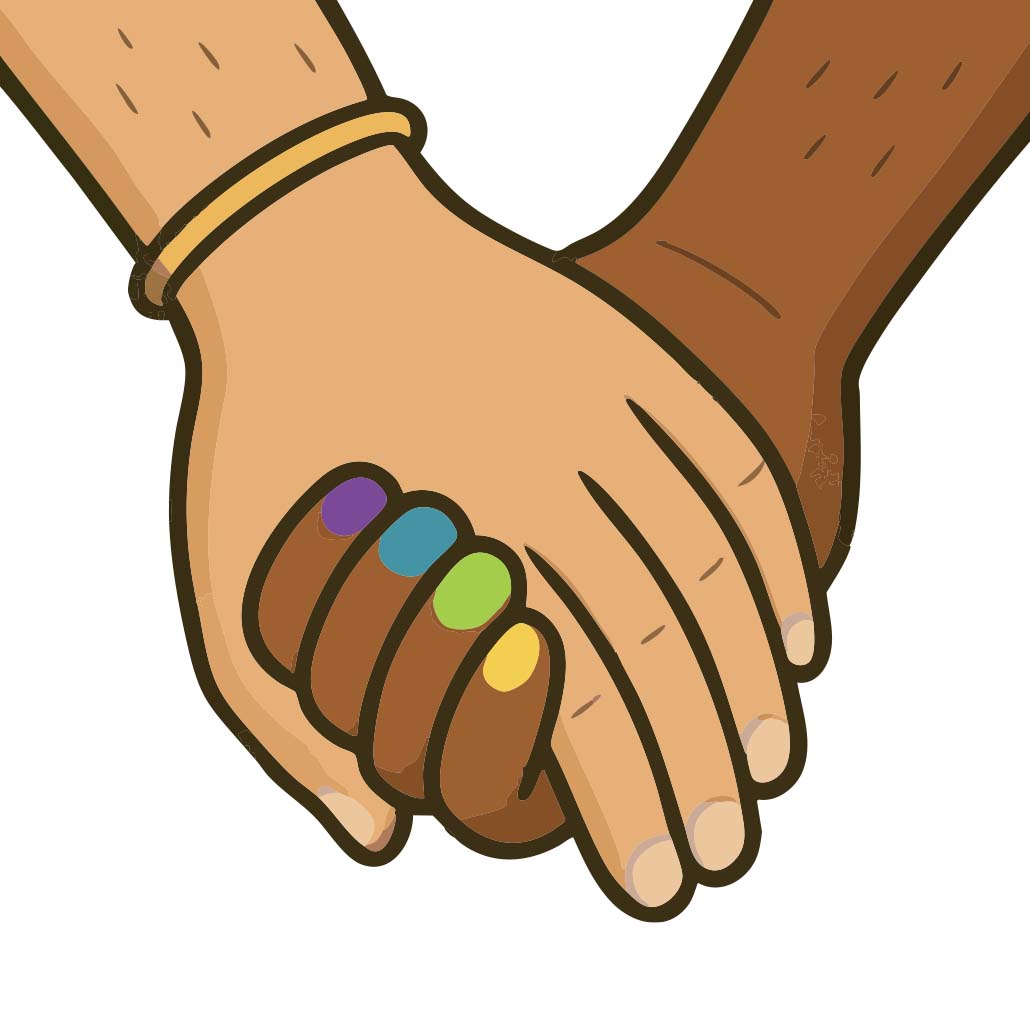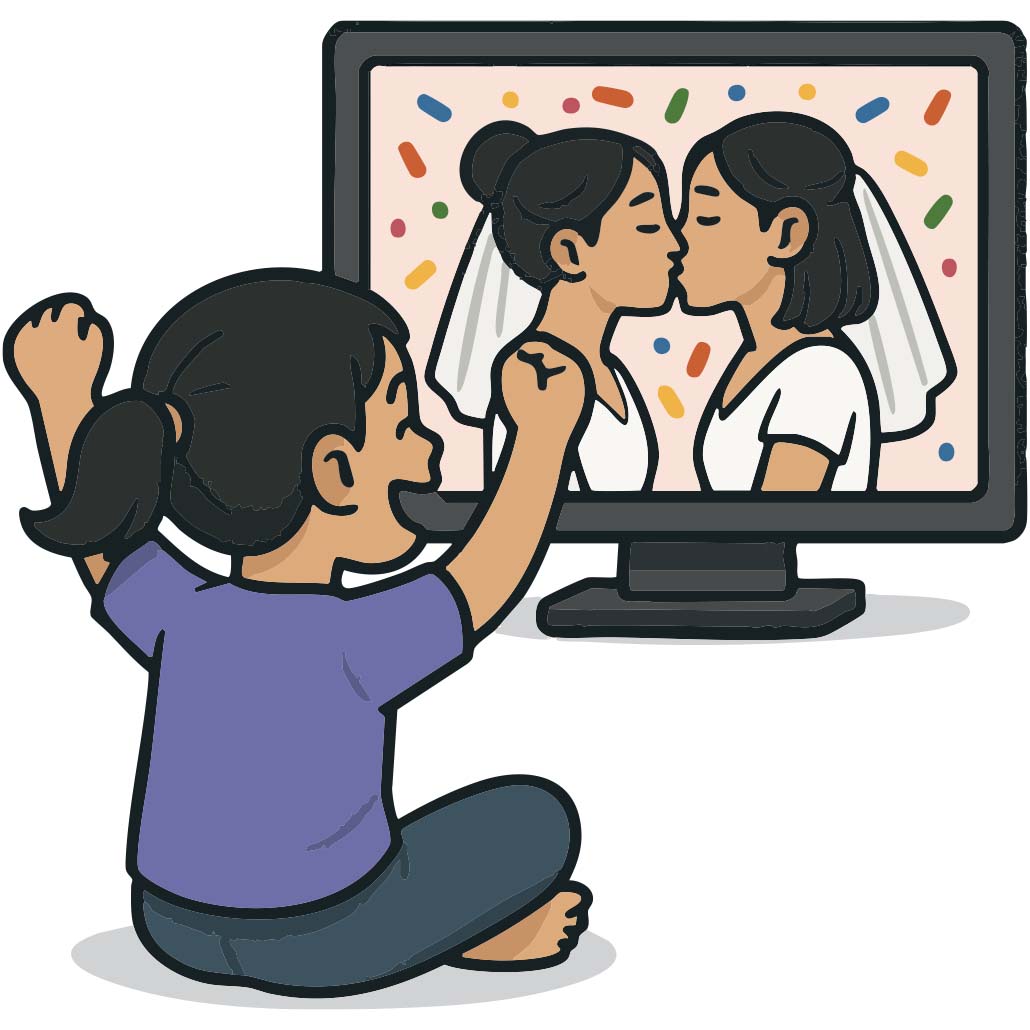QUEER YOUTH NOW
THE NATIONAL SURVEY OF LGBTQIA+ YOUTH VOICE IN AUSTRALIA
Explore the survey
Who Took PartKey FindingsAnti-LGBTQIA+ HateFriends & EventsSupport SystemsSchool ExperiencesMedia & RepresentationQueer JoyMethodologyIntroduction
Queer Youth Now is a national snapshot of what life looks like for LGBTQIA+ youth aged 13 to 25 across Australia today. It brings together the voices of 2,724 young people, sharing moments of pride and connection, as well as the heavy reality of challenges that exist each day.
What shines through is the critical role that community and acceptance play in supporting young people to navigate the challenges of the world around them. While it's the simple initiatives that provide powerful support - like seeing rainbow lanyards, experiencing inclusive language and having access to supportive spaces - we’ve heard that too many young people still go without these.
We are so grateful to all the young people who shared their voices with us. Their experiences guide us in understanding what’s working, what needs to change, and what we can all do to create a safer, more welcoming world for queer youth, now.

Who Took Part
This report amplifies the voices of LGBTQIA+ young people aged 13 to 25 from across Australia. The full breakdown of participants is recorded in the methodology.
2,724
LGBTQIA+ young people shared their voices.
61%
are 13-18 years old.
49%
are currently in high school.
38%
live in regional, rural or remote locations.
64%
are trans, gender diverse or non-binary.
56%
are neurodivergent.
Key Findings
Anti-LGBTQIA+ hate is an ongoing reality for most LGBTQIA+ youth.
89% of LGBTQIA+ young people had experienced bullying, harassment and violence in their lifetime - 57% in just the past year.
Friendships matter deeply for LGBTQIA+ young people.
99% of LGBTQIA+ young people said that making queer friends is an important part of their lives.
The simple act of visible allyship makes young people feel safe.
86% of LGBTQIA+ young people said seeing someone wearing rainbow or ally accessories made them feel safer and more like they belonged.
Pride groups play a critical role in students feeling supported at school.
But less than 50% of students said there was an LGBTQIA+ group at their school.
Young people feel harmed by news and media portrayals and unheard by government.
70% said they had been negatively impacted by the news and media’s portrayal of LGBTQIA+ issues in the past year.
Despite challenges, young people still find moments of pride.
73% of LGBTQIA+ young people said they’ve felt pride and euphoria in being LGBTQIA+, just this past year.
Anti-LGBTQIA+ Hate
Across the country, an overwhelming majority of LGBTQIA+ young people surveyed are navigating experiences of anti-LGBTQIA+ hate (online, verbal, and physical violence). These experiences are contributing to most feeling unsafe to share their identity with everyone at school, work and home.
89% of LGBTQIA+ young people had experienced anti-LGBTQIA+ hate in their life, 57% in just the past year.*
*Anti-LGBTQIA+ hate includes online, verbal, and physical harassment or violence.
55% of LGBTQIA+ young people said they’ve been excluded or discriminated against due to their LGBTQIA+ identity.
1 in 2 LGBTQIA+ young people were yelled at, insulted or verbally harassed in the past year due to anti-LGBTQIA+ hate.
1 in 10 LGBTQIA+ young people experienced physical violence in the past year due to anti-LGBTQIA+ hate.
Young people’s experiences of anti-LGBTQIA+ hate
LGBTQIA+ young people who have experienced any form of anti-LGBTQIA+ hate in their lifetime
70% of LGBTQIA+ young people said they aren’t out to everyone at school.
79% of LGBTQIA+ young people said they aren’t out to everyone at work.
Where LGBTQIA+ young people feel safe being ‘out to all’ about their identity
Friends & Events
Young people shared this loud and clear - making friends and accessing spaces with other LGBTQIA+ young people is what’s important to them. That said, the inherent barriers of not knowing anyone and feeling anxious are most likely to get in the way.
What's Working
On average, LGBTQIA+ young people first questioned or realised their identity at the age of 12.
That’s around Year 6 or 7 for many students.
99% of LGBTQIA+ young people said that making queer friends is an important part of their lives.
47% said this is extremely important to them.
LGBTQIA+ young people are more likely to attend an in-person event (82%) than an online event (51%).
Most LGBTQIA+ young people shared they are drawn to events to have fun, make friends, and find community.
Motivations for LGBTQIA+ young people to attend queer events
The type of event LGBTQIA+ young people ranked as their ‘No.1 most likely to attend’
WHAT NEEDS TO CHANGE
1 in 10 LGBTQIA+ young people voiced having just a couple or no queer friends at all in their lives, whether in-person or online.
66% of LGBTQIA+ young people said the most likely reason for not attending an LGBTQIA+ youth event was not knowing anyone else there.
What's likely to prevent LGBTQIA+ young people from attending a queer event
Support Systems
For many LGBTQIA+ young people, the most trusted support comes from those with shared experiences: friends, online communities, and social media content creators. Young people voiced their desire to be better understood and accepted by those around them – and that it’s the simple actions that support this.
WHAT’S WORKING
Support Starts with Friends.
LGBTQIA+ young people were most likely to turn to friends or online spaces for support with their identity.
Visibility Matters.
86% of LGBTQIA+ young people said just seeing someone wearing rainbow or ally accessories (like a badge or lanyards) made them feel safer and more like they belonged.
Where LGBTQIA+ young people turn to for support with their identity
WHAT NEEDS TO CHANGE
LGBTQIA+ young people aged 18 or under were much less likely to seek support from a health professional about their identity (24%) compared to those over 18 (40%).
92% of LGBTQIA+ young people wished the people in their life had more knowledge about their LGBTQIA+ identity to help them feel accepted.
Who LGBTQIA+ young people wish had more knowledge to support them to feel accepted
WHAT HELPS LGBTQIA+ YOUTH FEEL MOST ACCEPTED?
These are the most common ways LGBTQIA+ young people say the people in their lives can help them feel accepted.
💖 Accept Us for Who We Are
Show us we belong by listening to us, affirming us, and treating us like anyone else.
🎓 Learn About LGBTQIA+ Lives
Understanding our identities, history and experiences means we don’t have to explain it.
🗣️ Get Our Names and Pronouns Right
This makes us feel safer, and models respectful behaviour for others to follow too.
💬 Use Inclusive Language
The words you use demonstrate your understanding of us, and shape how safe and seen we feel.
🔐 Respect Our Privacy
Don’t ask inappropriate questions, or share information about our identity without our permission.
🚫 Challenge Stereotypes and LGBTQIA+ Hate
Call out assumptions and negative behaviours when you see them - even the subtle ones.
School Experiences
LGBTQIA+ students shared that visible signals of allyship, inclusive facilities and student groups made them feel most accepted by their high school. These supports are becoming more common, but many young people still shared that they had no safe adults or teachers at school to talk to.
WHAT’S WORKING
70% of LGBTQIA+ young people said visible displays of support (like posters, flags and lanyards) make them feel more accepted at school.
71% of LGBTQIA+ young people had attended an LGBTQIA+ student group when one was available at their school.
The school-initiatives LGBTQIA+ young people say would make them feel accepted and included
Participation in LGBTQIA+ student groups (where one was available)
WHAT NEEDS TO CHANGE
1 in 4 LGBTQIA+ young people said they have no safe adults or teachers at school that they can talk to about their identity.
Less than 50% of students said there was an LGBTQIA+ student group at their school.
Whether young people had access to an LGBTQIA+ student group at school
Media & Representation
Young people frequently expressed that they do not feel understood or valued by those around them - particularly by the government. Instead, young people are looking to online content creators and celebrities for the representation they seek.
WHAT’S WORKING
Looking Up to People Who Get It.
At least half of LGBTQIA+ young people shared looking up to content creators, friends, or celebrities.
Different Ages Prefer Different Terms.
For those 18 and under, they prefer ‘teen’. Those over 18 prefer ‘young adult’.
Who LGBTQIA+ young people admire as a role model in their lives
WHAT NEEDS TO CHANGE
Just 1 in 3 LGBTQIA+ young people felt their experiences and opinions are understood, valued, and listened to by those around them.
Only 6% of LGBTQIA+ young people felt the government does a good job of understanding and listening to people like them.
10% of LGBTQIA+ young people said they had no one to look up to as a role model in their life.
92% of LGBTQIA+ young people said they’ve been negatively impacted by the news or media’s portrayal of LGBTQIA+ issues.
LGBTQIA+ young people who have been negatively impacted by the news or media’s portrayal of LGBTQIA+ topics
HOW TO STAY CONNECTED
Instagram, YouTube, and TikTok are the most used social media platforms among the LGBTQIA+ young people we surveyed.
Email, Instagram, and Texts were the top ways LGBTQIA+ young people preferred to receive communications from orgs.
Social media platforms LGBTQIA+ young people use daily or often
How LGBTQIA+ young people prefer to receive communications from organisations
Preferred terms LGBTQIA+ young people want to be referred to as
Queer Joy
Queer joy is everywhere. In friendship, in finding support, in being seen and in being celebrated. These moments matter deeply, and show us not just the depth of LGBTQIA+ youth experiences now, but the possibilities that could exist for all queer young people in the future.
79% of LGBTQIA+ young people said they’ve felt a sense of acceptance and inclusion in relation to their identity at some point in the past year.
73% of LGBTQIA+ young people said they’ve felt a sense of pride or euphoria in the past year.
Experiences in relation to LGBTQIA+ identity in the last 12 months
Moments of Queer Pride & Joy
Queer young people shared the real moments where they felt proud, happy, or affirmed in their identity. Here are just a few of their stories that highlight what queer joy looks like to them 🌈💖
Methodology
Download Full Report
Download PDFCHAMPIONS FOR LGBTQIA+ YOUTH
CHANGING THE LIVES OF LGBTQIA+ YOUTH IN AUSTRALIA
We’re leading change, building social inclusion, and advocating for an Australia where all young people are safe, empowered, and surrounded by people that support them.
Your donations keep us going
Minus18 Foundation Ltd is a registered Australian charity. All donations are tax-deductible.

